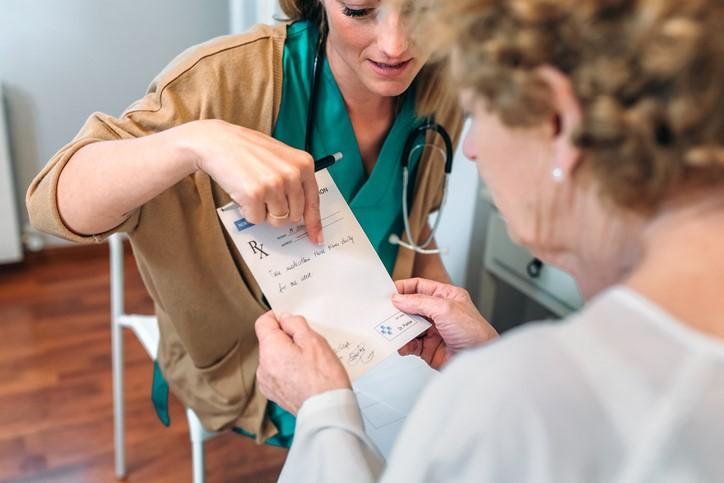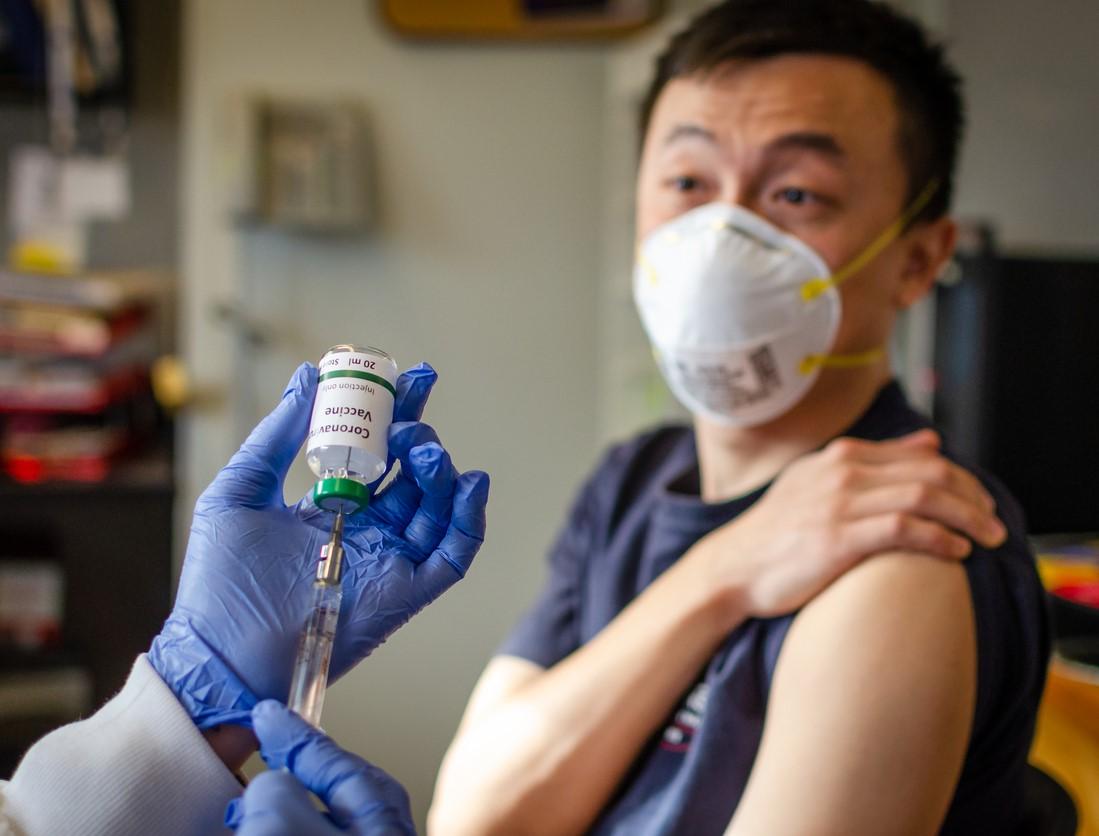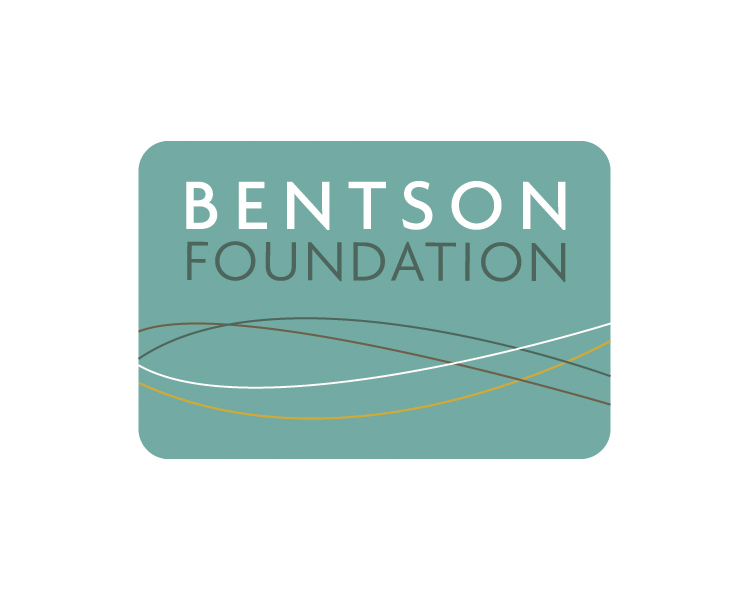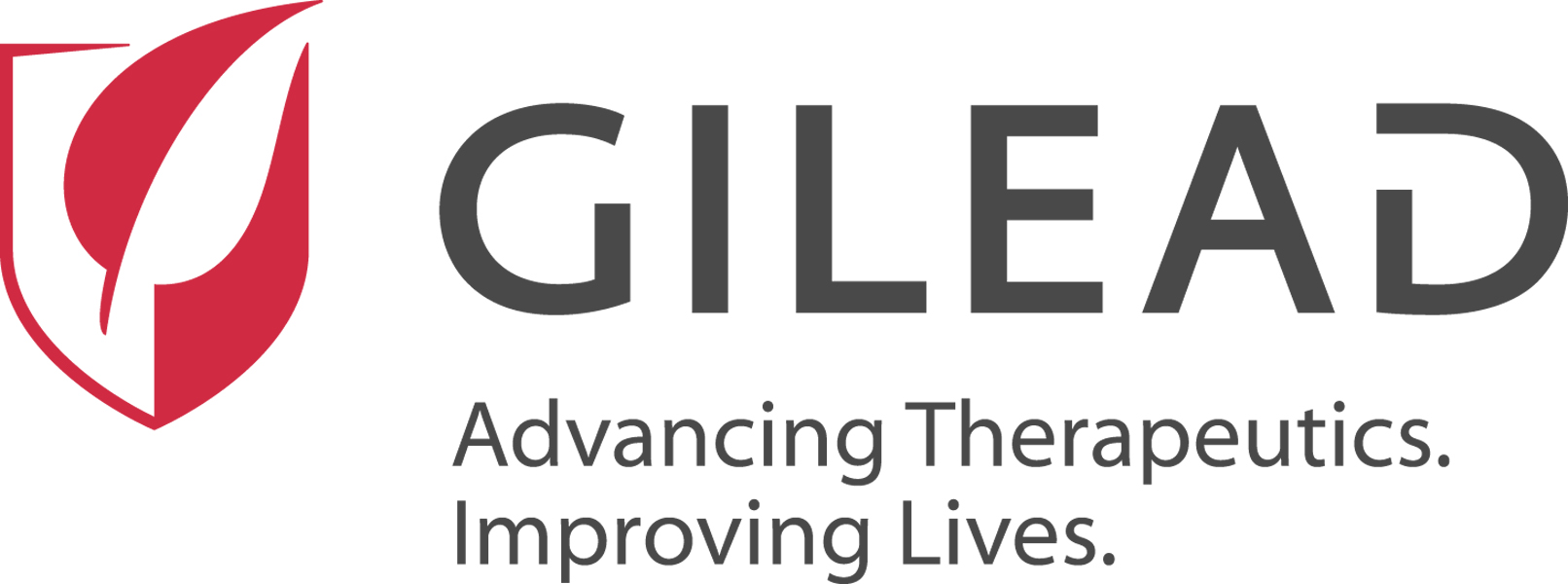Wisconsin health officials have confirmed the state's first measles cases this year.
The Wisconsin Department of Health Services and Oconto County Public Health said in a news release last week that nine people in Oconto County, in the northeastern part of the state, were exposed to a common source of infection during out-of-state travel. One case was confirmed through testing at the Wisconsin State Laboratory of Hygiene, and the other eight cases were confirmed based on exposure and symptoms. No public points of exposure have been identified but investigation continues.
Meanwhile, the Wyoming Department of Health (WDH) said last week that it has identified four additional measles cases among adults and children who were exposed to a person with a confirmed measles infection. Three of the additional case-patients were unvaccinated at the time of exposure. WDH said members of the public may have been exposed at a Walmart and a restaurant in Rawlins, Wyoming, on June 29. Wyoming has reported six measles cases so far this year.
In New Jersey, the New Jersey Department of Health (NJDOH) last week alerted residents to a new measles case in a resident of Passaic County following international travel. NJDOH officials said individuals who were at the Chilton Medical Center on July 31 and Aug 1 may have been exposed. The case is the state's sixth of 2025.
As of last week's update from the Centers for Disease Control and Prevention, there have been 1,333 confirmed measles cases in the United States this year. It's the highest number of confirmed cases since measles was declared eliminated in 2000.



_0.jpg)











